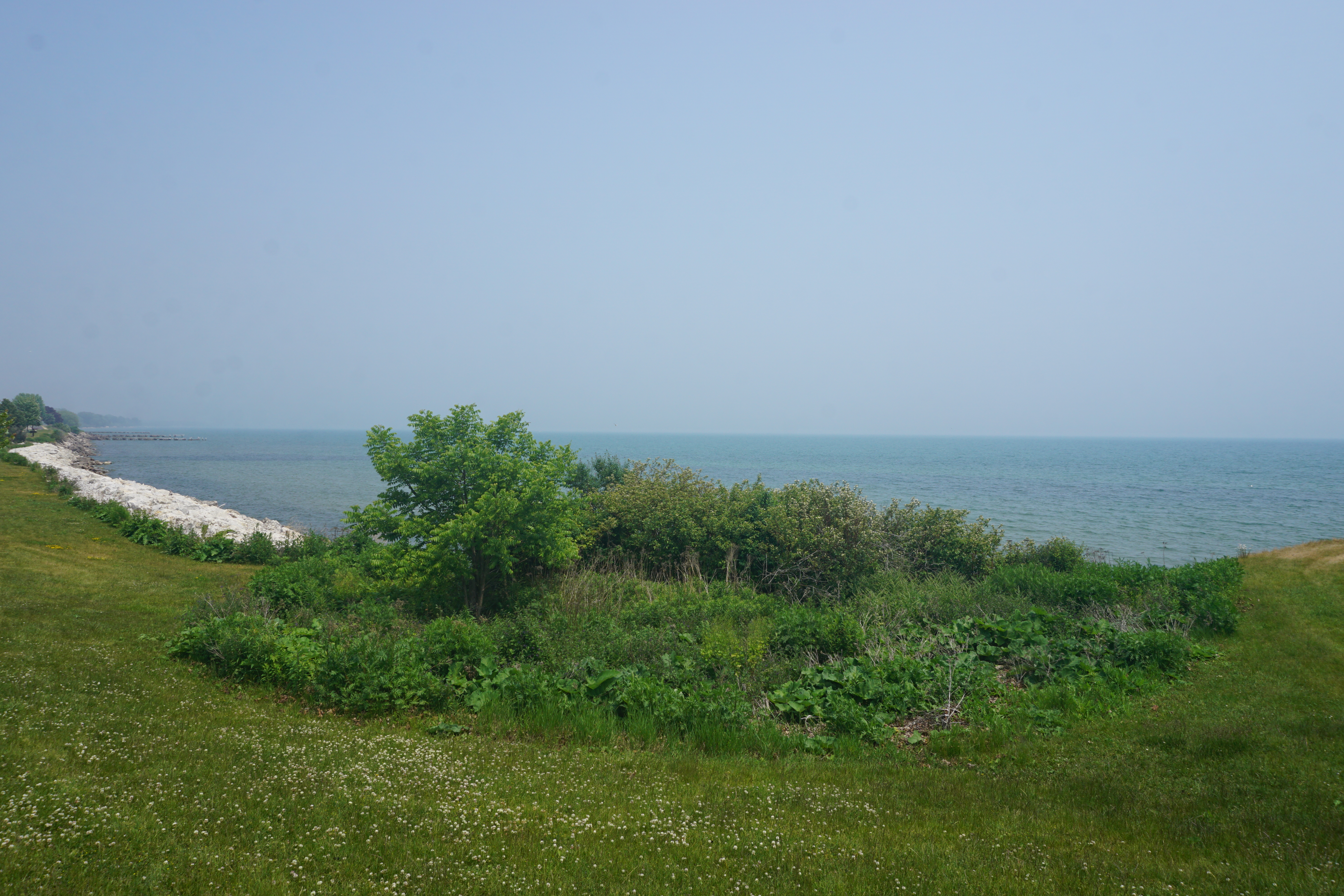Lake Michigan is home to a diverse array of native wildlife, including fish, mammals, birds, and amphibians. From the iconic lake trout to the elusive gray wolf, the region is teeming with a rich and fascinating array of species that have adapted to thrive in this unique ecosystem.
Fish Native to Lake Michigan

The waters of Lake Michigan are home to a variety of native fish species, each with its own unique characteristics and ecological role.
Lake Trout
One of the most iconic fish of the Great Lakes, the lake trout is a cold-water species that has adapted to the deep, clear waters of Lake Michigan. These large, predatory fish can grow up to 40 inches in length and weigh over 40 pounds. They feed on a variety of smaller fish, including alewives and smelt.
Yellow Perch
A small, yellow-colored fish, the yellow perch is a common sight in Lake Michigan. These schooling fish are popular with anglers and play an important role in the lake’s food web, feeding on smaller invertebrates and serving as prey for larger predators.
Lake Sturgeon
One of the oldest species in the Great Lakes, the lake sturgeon is a remarkable fish that can live up to 150 years. These large, bottom-dwelling fish can grow over 8 feet in length and weigh up to 300 pounds. They feed on a variety of aquatic plants and invertebrates.
Muskellunge
Also known as the “fish of 10,000 casts,” the muskellunge is a large, aggressive predator fish that can grow over 50 inches in length. These elusive fish are prized by anglers for their impressive size and fighting ability.
Lake Whitefish
A bottom-dwelling fish that feeds on snails and mussels, the lake whitefish is an important commercial and recreational species in Lake Michigan. These fish can grow up to 3 feet in length and are a valuable food source for both humans and wildlife.
Mammals Native to Lake Michigan

The shores and forests surrounding Lake Michigan are home to a variety of native mammal species, each playing a crucial role in the region’s ecosystem.
Black Bear
Found near the shores of Lake Superior, black bears are a common sight in the North Shore Highlands region. These large, omnivorous mammals are known for their impressive size and strength, and they play an important role in the region’s food web.
Beaver
Renowned for their impressive dam-building skills, beavers are a common sight in the Great Lakes region. These semi-aquatic mammals play a crucial role in shaping the landscape, creating wetlands and providing habitat for a variety of other species.
River Otter
A playful, aquatic mammal, the river otter is a native of the Great Lakes region. These agile predators feed on a variety of fish, amphibians, and crustaceans, and they are known for their social behavior and impressive swimming abilities.
Coyote
A common predator in the Great Lakes region, the coyote is a highly adaptable and widespread species. These opportunistic omnivores feed on a variety of small mammals, birds, and even fruits and vegetables.
Gray Wolf
A large, long-legged predator, the gray wolf is a native of the Great Lakes region. These impressive animals are known for their pack-hunting behavior and their ability to travel long distances in search of prey.
Birds Native to Lake Michigan
The shores and forests surrounding Lake Michigan are home to a variety of native bird species, each playing a unique role in the region’s ecosystem.
Great Blue Heron
A large, predatory bird, the great blue heron is a common sight along the shores of Lake Michigan. These impressive birds feed on a variety of fish, amphibians, and small mammals, and they are known for their graceful, slow-motion hunting style.
Bald Eagle
An iconic bird of prey, the bald eagle is a native of the Great Lakes region. These impressive birds are known for their impressive size, powerful talons, and distinctive white head and tail feathers.
Sandhill Crane
A large, migratory bird, the sandhill crane is a common sight along the shores of Lake Michigan. These impressive birds are known for their distinctive call and their impressive wingspan, which can reach up to 7 feet.
Amphibians Native to Lake Michigan
While not as numerous as the region’s fish and mammal species, Lake Michigan is also home to a variety of native amphibian species.
Snapping Turtle
A large, carnivorous turtle, the snapping turtle is a native of the Great Lakes region. These impressive reptiles are known for their powerful jaws and their ability to defend themselves against predators.
Overall, the native species found in and around Lake Michigan play a crucial role in maintaining the ecological balance of this unique ecosystem. From the iconic lake trout to the elusive gray wolf, these animals are an integral part of the region’s natural heritage and deserve to be protected and celebrated.
Reference:
– Great Lakes Fishery Commission
– Michigan Department of Natural Resources
– National Park Service
